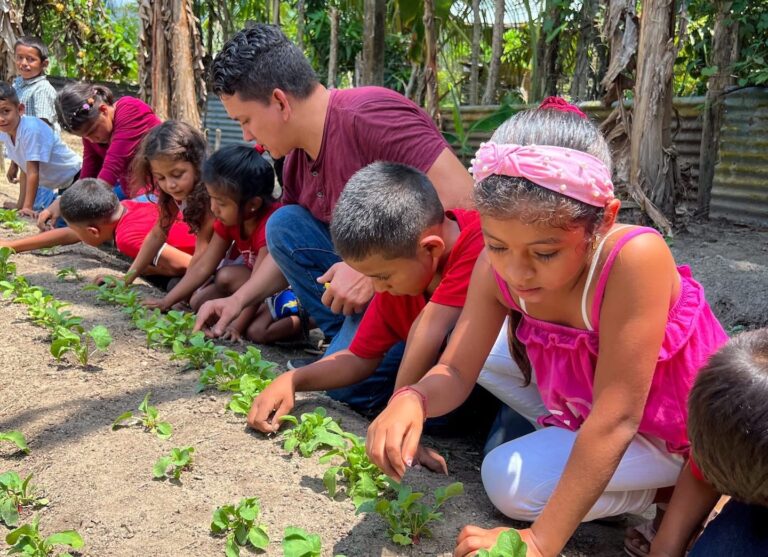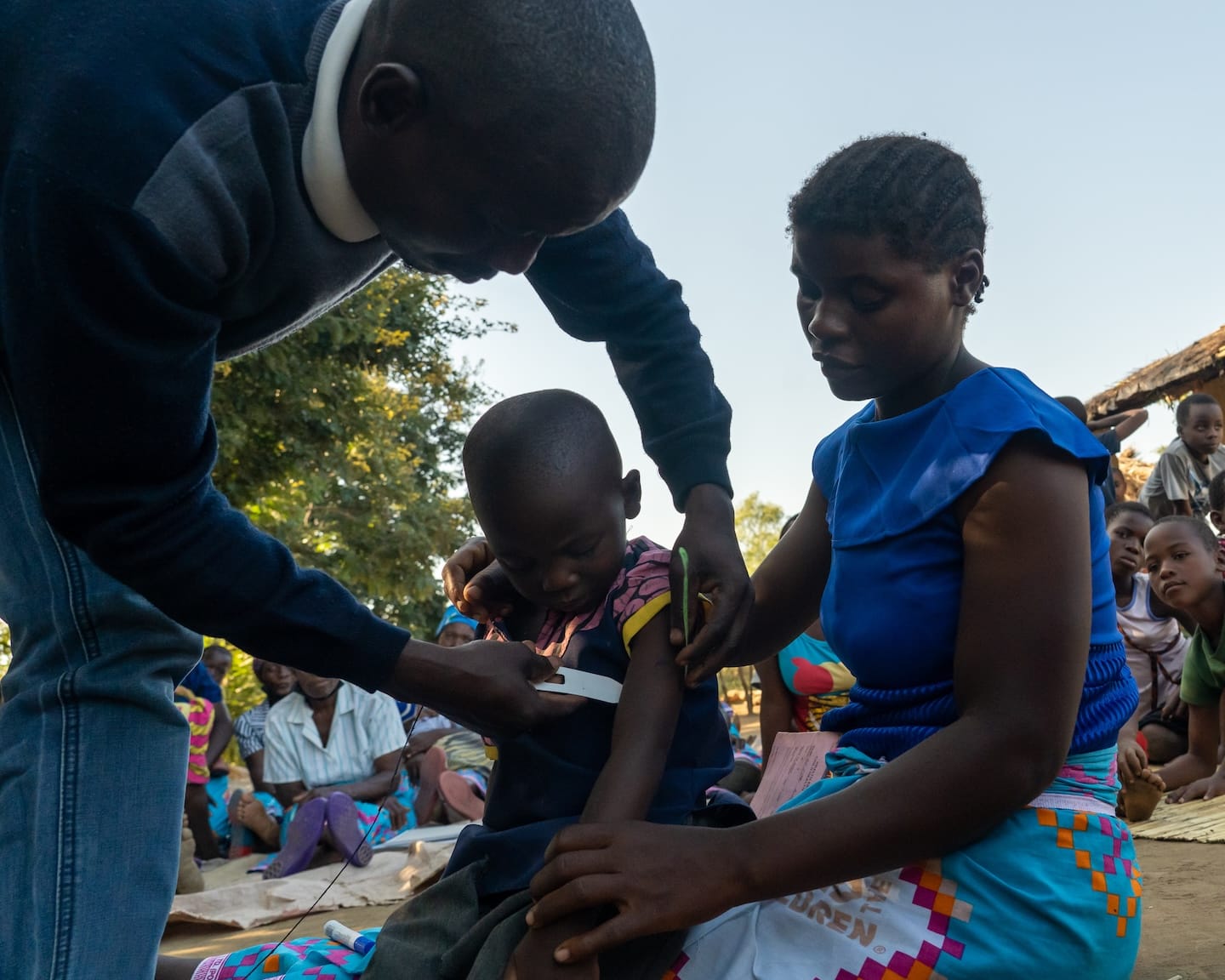
What Malnutrition Looks Like Across the World
Malnutrition is a global problem. It’s so widespread, in fact, that every country – no matter its size, population, or relative development – has a percentage of its population experiencing this issue.
To most people, “malnutrition” conjures up images of barren fields, empty bowls and stick-thin figures. Although this is one side of malnutrition, this is far from the full picture. Here are six quick facts to help frame the global issue of malnutrition:
1. Every country experiences malnutrition – but not at the same rates.
Sub-Saharan Africa and South Asia face the highest rates of malnutrition, while Western Europe and North America have the lowest. But no matter where or at what rate malnutrition is experienced, it is an issue that should be taken seriously.
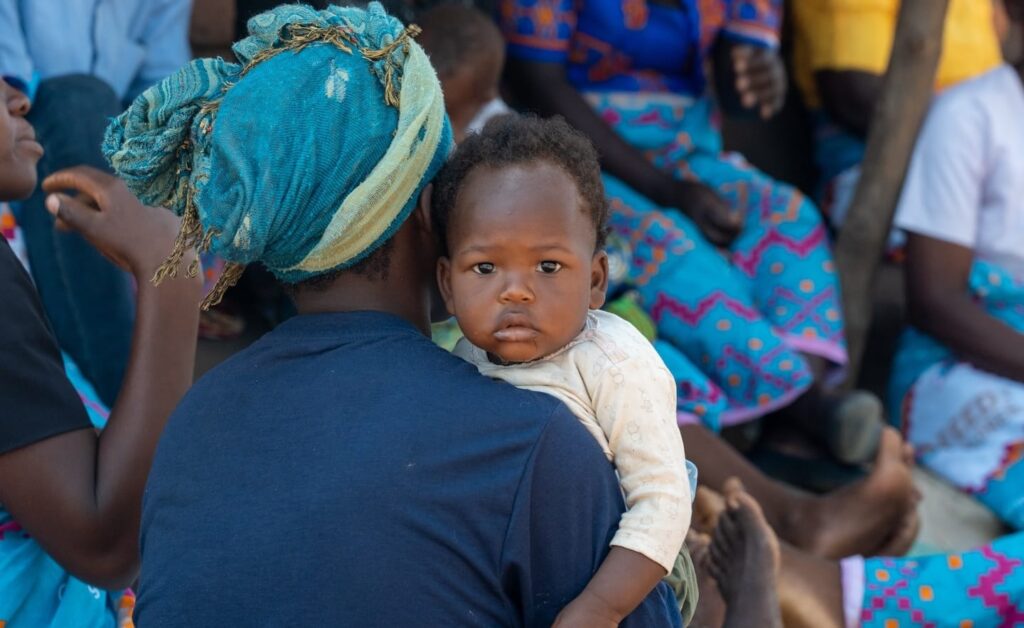
2. Many of the most-malnourished countries have agrarian-based economies.
How can malnutrition be common in countries where over 80% of the population is employed growing crops? In countries like Malawi and Uganda, most farms are small-scale. They’re operated by a single person or family, who rely on them for personal food as well as income. A single bad year means that not only is a family not eating well, but they’re not making any money. Two or more bad years, and the situation has become dire. And when over half of your country is also struggling, having outside support is crucial.
3. Malnutrition isn’t just about the quantity of food – it’s about quality.
Eating a monotonous diet, even if it feels filling, can still lead to malnutrition. No single food contains every single nutrient a person – especially a growing child – needs for optimum health. Vitamin supplements can help make up some of the deficiencies, but families may not be able to access or afford them.
The story of Frasiko and his family is a telling example of how a diet that is too simple can lead to malnutrition, and how to effectively overcome that obstacle. Frasiko is a farmer in Malawi, whose crop of maize was both food and the sole source of income. In time, the over-reliance on that one food took its toll on the health of his four children. The fix involved adding a greater variety of food, like leafy greens, fibrous vegetables, and vitamin-rich fruit.
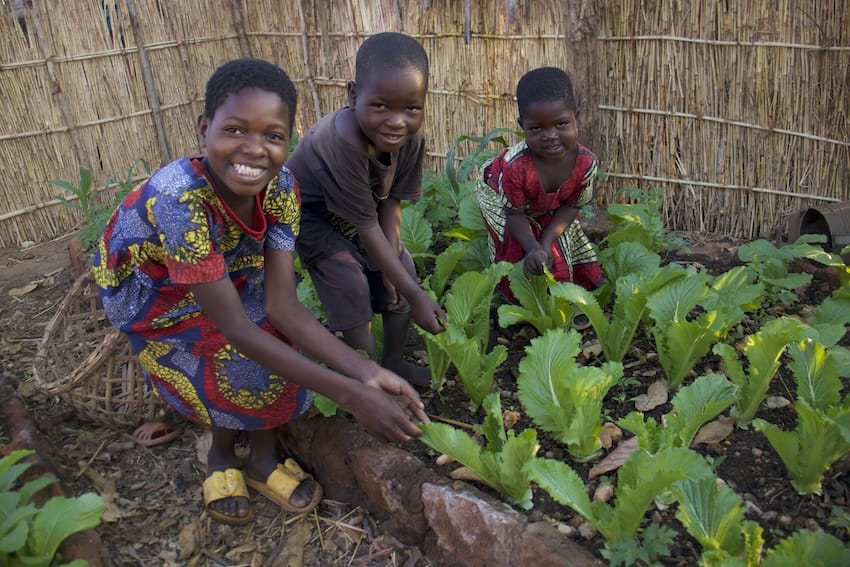
4. Obesity is also a result of malnutrition.
“Mal” “nutrition” is simply “bad nutrition.” In countries like the United States, malnutrition often manifests as obesity. Children who grow up in poverty are more likely to become obese. There are many reasons why poverty in the United States leads to obesity. Processed food is cheap, readily available, and quick to prepare – an obvious advantage for parents juggling multiple jobs and childcare. Poorer areas have fewer safe spaces for children to play and exercise. Finally, children who grow up in poverty are less likely to have access to good healthcare, meaning that preventable issues sometime go unchecked – until it’s already too late.
5. All types of malnutrition can lead to lasting health consequences.
Malnutrition caused by undernutrition is more immediately severe. Acute malnutrition can result in wasting, which can be fatal. But even non-lethal malnutrition can lead to stunting, a condition that affects nearly a quarter of children under the age of 5 worldwide.
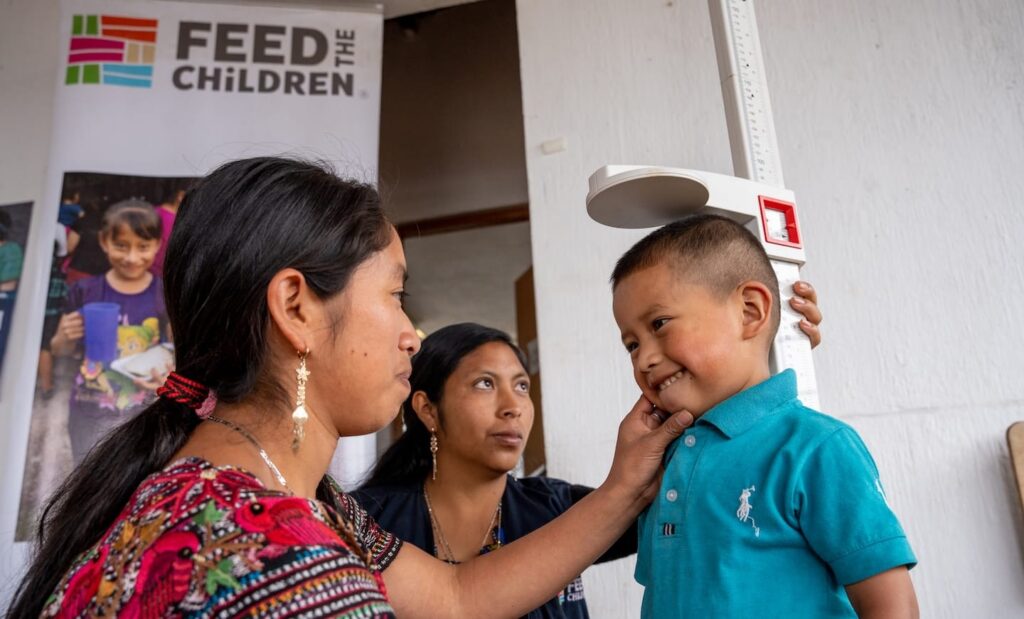
Obesity also puts children at risk. Children who are obese are more likely to become obese adults, and are at an increased risk of experiencing a stroke, heart disease, certain cancers, and other serious health conditions.

6. Malnutrition is scary – but it is completely preventable.
Your support of Feed the Children helps our work to end hunger and malnutrition both in the US and across the world. Our programs are made to meet families and communities where they’re at, and empower them to make sustainable changes.
And we’ve seen results: just last year, over 1,400 caregivers were trained on childcare and maternal nutrition, gaining skills that will support their communities. Nearly 900 school and community gardens were planted, helping grow bright futures. And in the United States, Food & Essentials Hubs in 370 schools helped students attend classes with the food and supplies they need to succeed – and that’s just the beginning.
Learn more about how we’re working to end malnutrition and child hunger, and how your support helps, on our About Us page!




